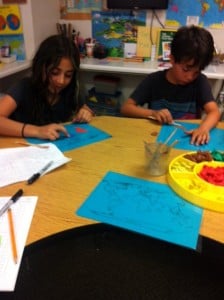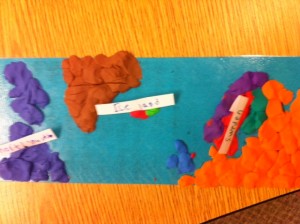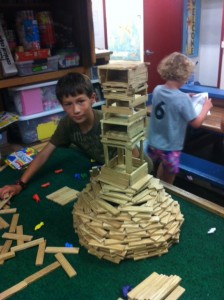
Then came the question, “Why explore?” “To go out bring information back so everybody can hear about it.” “So people who don’t know things can be taught by other people that know that thing…to learn how to make stuff out of nature.” “To discover things like bones. In Snowmass these explorers went to a lake and found a whole mammoth!”
Similar questions were asked in history class, but the focus was tighter and centered on the vikings… “What do you know or think you know about vikings?” “I think they were nomadic.” “The fact that they wore horned helmets is false.” “They’re warriors and survivors.” “I know _______ 🙁 .” “They follow the norse gods including, but not limited to Odin, Thor, Tyr, and Loki.” “They ate parts of poison mushrooms to make them brave in battle.” “I think vikings are tribes of barbarians that have laws average people would call nonsense.”
“Why might the vikings have gone exploring?” “For adventure.” “They looked for investors or traders.” “Maybe vikings were explorers because they wanted to conquer the world and or have more resources, space and to make an empire.” “Why not be a viking explorer? There’s land, food, water, and more stuff–treasure.” “Maybe they explored for the same reasons those tribes did that we studied last year. Maybe because they hunted too many of the animals and needed to follow where there were more.”
This range of thinking is thrilling to me! Students are remarkably 



